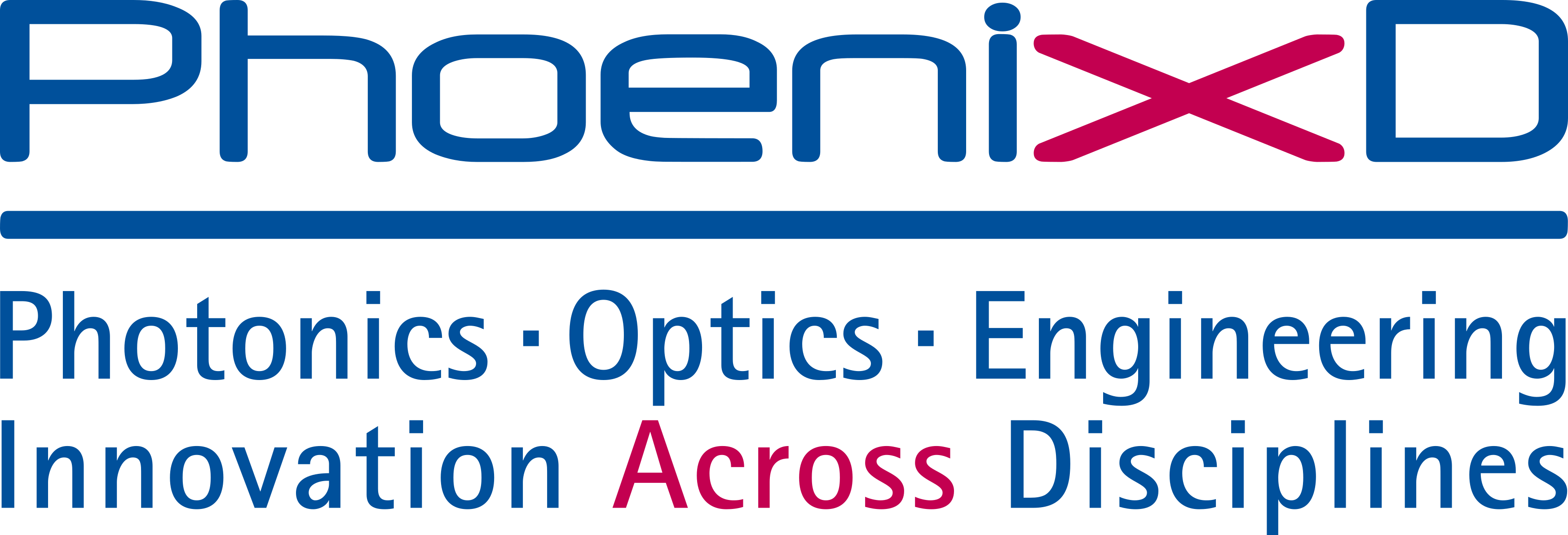Self-Assembly of Semiconductor Nanoplatelets into Stacks Directly in Aqueous Solution
- authored by
- Rebecca T. Graf, Kevin Tran, Marina Rosebrock, Hadir Borg, Jakob Schlenkrich, Franziska Lübkemann-Warwas, Franz Renz, Dirk Dorfs, Nadja C. Bigall
- Abstract
Since their discovery, cadmium chalcogenide nanoplatelets (NPLs) gained a lot of interest, not only due to their beneficial characteristic, but also because of their high affinity to self-assemble into ordered stacks. Interestingly, the stacks showed both the properties of the single NPLs and new collective features, such as charge carrier transport within the stacks. Until now, the stacking was, to the best of the knowledge, only performed in non-polar media mostly through the addition of antisolvents with higher polarity. Due to the fact, that many applications (e.g., photocatalysis) or procedures (such as gelation) occur in water, a route to self-assemble stacks directly in aqueous solution is needed. In this work a new synthesis route is thus introduced to produce stacks directly in aqueous media. The NPLs are phase transferred with mercaptocarboxylic acids to an aqueous KOH solution followed by an addition of less polar antisolvents to initialize the stacking (e.g., tetrahydrofuran). Furthermore, a mechanism of the stacking as well as four possible driving forces involved in the process are proposed supported by transmission electron microscopy, dynamic light scattering, infrared spectroscopy, and x-ray photoelectron spectroscopy measurements.
- Organisation(s)
-
PhoenixD: Photonics, Optics, and Engineering - Innovation Across Disciplines
Institute of Physical Chemistry and Electrochemistry
Laboratory of Nano and Quantum Engineering
Institute of Inorganic Chemistry
- Type
- Article
- Journal
- Advanced materials interfaces
- Volume
- 10
- ISSN
- 2196-7350
- Publication date
- 13.12.2023
- Publication status
- Published
- Peer reviewed
- Yes
- ASJC Scopus subject areas
- Mechanics of Materials, Mechanical Engineering
- Electronic version(s)
-
https://doi.org/10.1002/admi.202300408 (Access:
Open)


